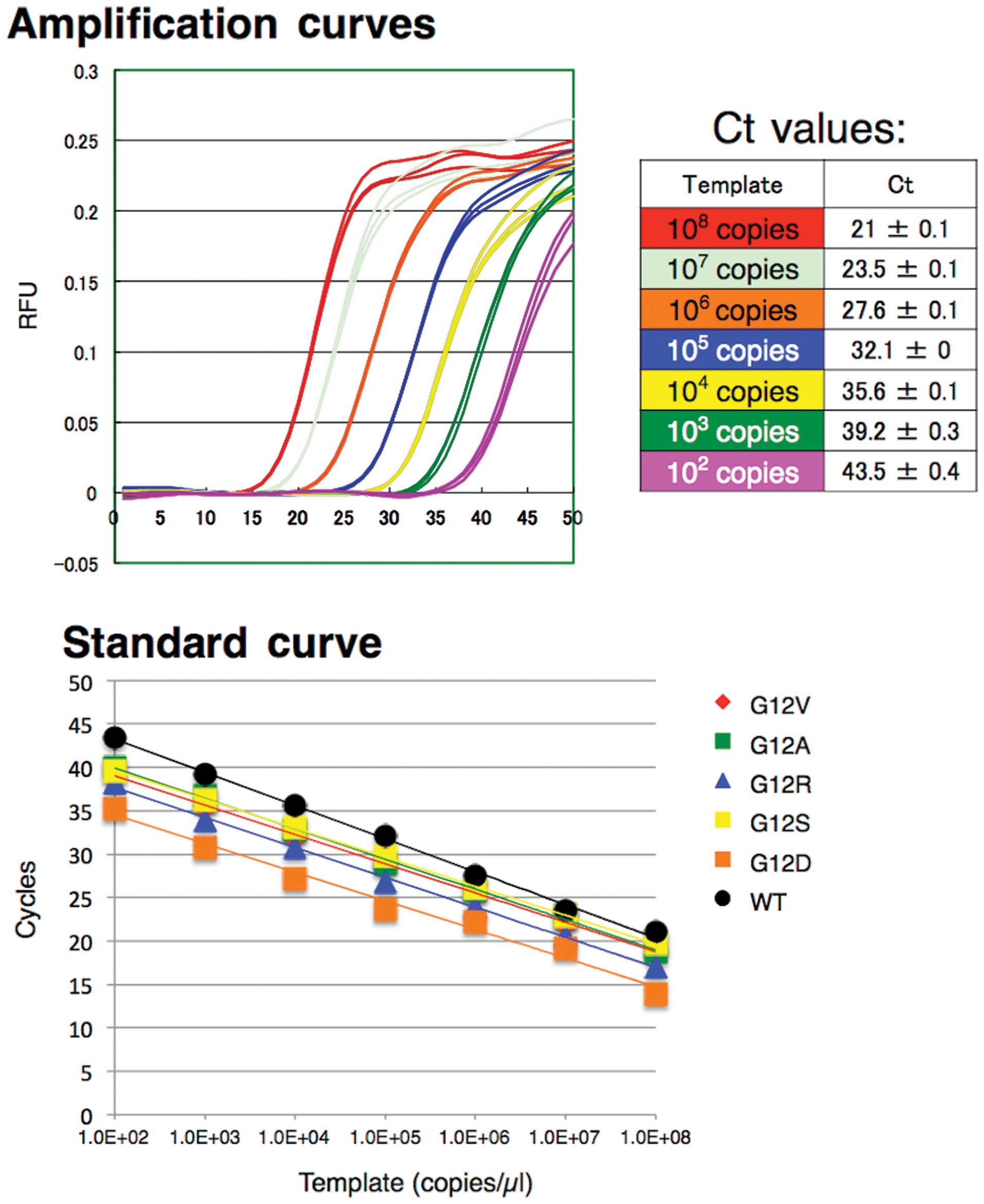Serial dilutions of samples are made using EMEM10 as the diluent in 8-well Lab-Tek slides. Typical dilutions are 1:2.5, 12.5, 62.5, and 312.5 in a final volume of 0.1 mL (a screening test can be performed by making two dilutions, e.g. Alternatively, the dilutions can be prepared in 96-well plates and 0.1 mL transferred to the Lab-Tek slides. Serial dilutions are made by making the same dilution step over and over, using the previous dilution as the input to the next dilution in each step. Since the dilution-fold is the same in each step, the dilutions are a geometric series (constant ratio between any adjacent dilutions). For example: 1/3, 1/9, 1/27, 1/81.
- Serial Dilution Calculator
- 1:4 Serial Dilution Table
- Serial Dilution Experiment
- Serial Dilution Practice Problems
Introduction
Serial Dilution Calculator
A serial dilution is a series of dilutions made sequentially, using the same dilution factor for each step. The concentration factor is the initial volume divided by the final solution volume; the dilution factor would be the inverse of the concentration factor. For example, if you take 1 part of a sample and add 9 parts of water (solvent), then you have made a 1:10 dilution; this is 1/10th (0.1) of the concentration of the original solution and has a dilution factor of 10. These serial dilutions are often used to determine the approximate concentration of an enzyme (or molecule) to be quantified in an assay. Serial dilutions allow for small aliquots to be diluted instead of wasting large quantities of materials, are cost-effective, and are easy to prepare.
Equation 1.
[concentration factor= frac{volume_{initial}}{volume_{final}}nonumber]
1:4 Serial Dilution Table


Serial Dilution Experiment
[dilution factor= frac{1}{concentration factor}nonumber]
Diagram of 1:2 Serial Dilutions

Serial Dilution Practice Problems
In your notebook, draw a diagram showing the serial dilutions for the 6 KMnO4 solutions you are preparing. In the diagram, indicate the volume being withdrawn from the concentrated solution, the volume of water added, the concentration of the new solution, and the total volume.